Vatican City: The Heart of the Catholic Church
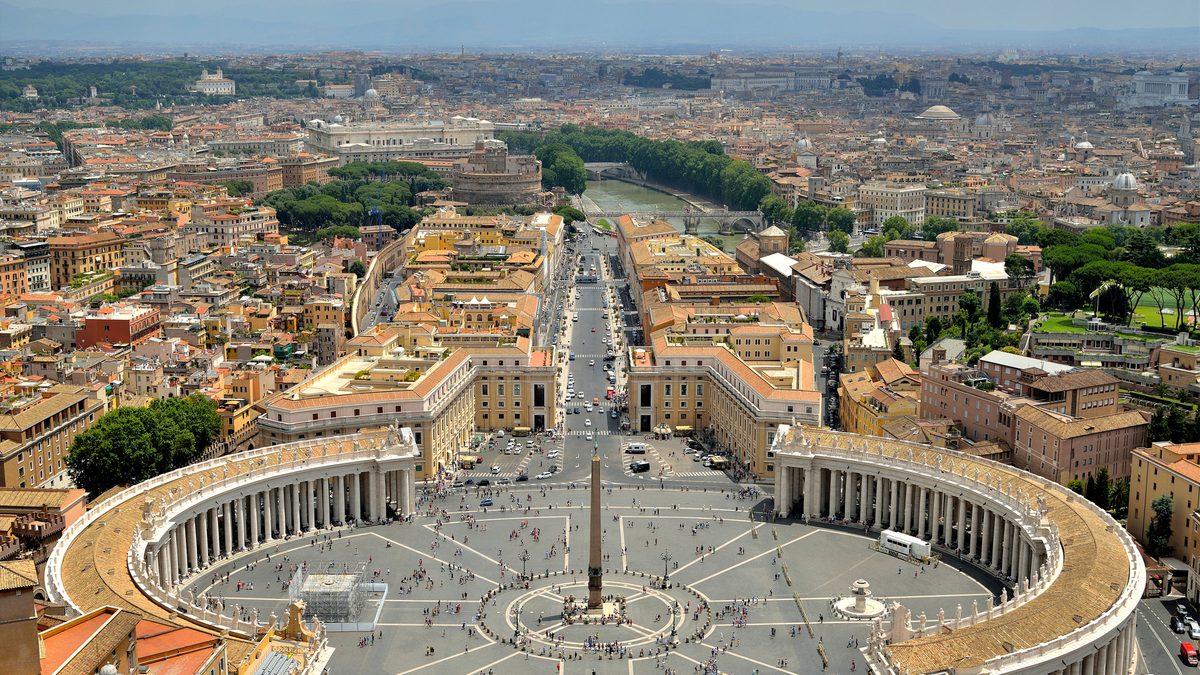
Vatican City: The Heart of the Catholic Church
Vatican City, or the Holy See, is the smallest independent state in the world, both by area and population. Nestled within the city of Rome, Italy, Vatican City serves as the spiritual and administrative center of the Roman Catholic Church. Despite its small size, this unique city-state is packed with history, culture, and art, attracting millions of visitors from around the globe each year.
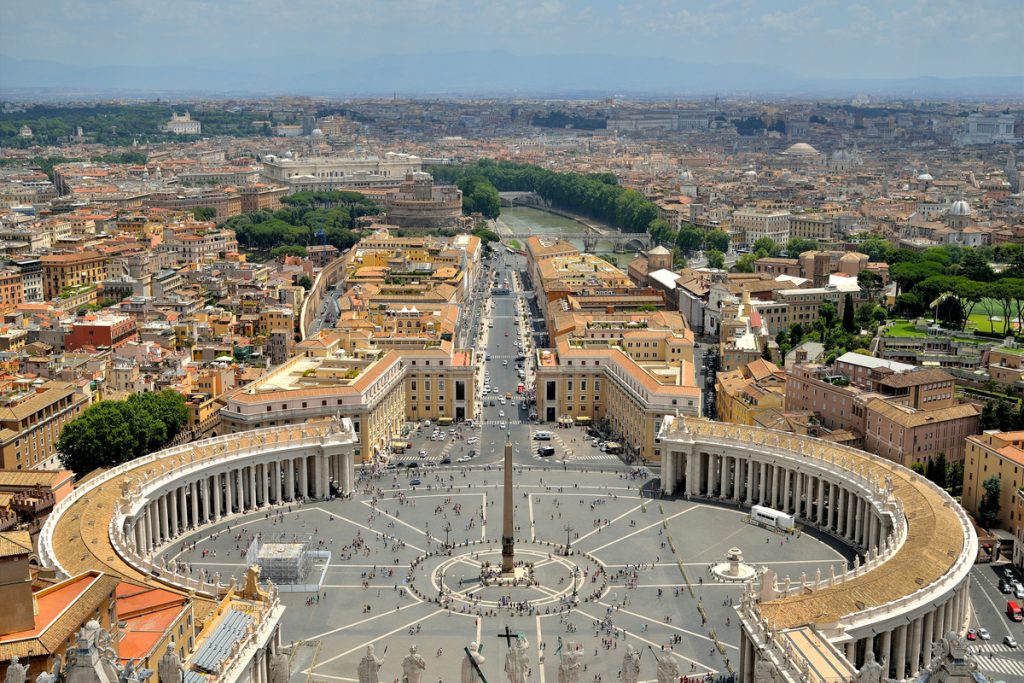
A Brief History of Vatican City
The origins of Vatican City trace back to the early Christian period. The site is believed to be the location of St. Peter’s crucifixion and burial. St. Peter, one of Jesus Christ’s apostles, is considered the first pope, making the area sacred for Christians.
In the 4th century, Emperor Constantine the Great built the first St. Peter’s Basilica over St. Peter’s tomb. The construction of the current St. Peter’s Basilica began in 1506 and was completed in 1626, replacing the old basilica. Over the centuries, the Vatican grew in importance as the residence of the pope and the administrative center of the Catholic Church.
The Vatican’s status as an independent sovereign state was established with the Lateran Treaty of 1929, signed by the Holy See and the Kingdom of Italy. This treaty recognized the Vatican as a separate entity and granted it independence, resolving the “Roman Question” regarding the Pope’s territorial claims and the unification of Italy.
Notable Attractions in Vatican City
Despite its small size, Vatican City boasts numerous attractions that hold immense historical, religious, and cultural significance. Some of the most notable sites include St. Peter’s Basilica, the Vatican Museums, the Sistine Chapel, and the Vatican Gardens.
St. Peter’s Basilica: One of the largest churches in the world, St. Peter’s Basilica is an architectural and artistic marvel. Its impressive dome, designed by Michelangelo, dominates the skyline of Vatican City. The basilica’s interior is adorned with magnificent artworks, including Michelangelo’s Pietà and the baldachin by Gian Lorenzo Bernini. Visitors can also climb to the top of the dome for breathtaking views of Rome and Vatican City.
The Vatican Museums: The Vatican Museums are a treasure trove of art and history, housing one of the world’s most extensive art collections. Founded by Pope Julius II in the early 16th century, the museums include a vast array of sculptures, paintings, and artifacts from different cultures and eras. Highlights of the collection include the Raphael Rooms, the Gallery of Maps, and the Pio-Clementine Museum, which features classical antiquities.
The Sistine Chapel: The Sistine Chapel, located within the Vatican Museums, is renowned for its stunning frescoes by Michelangelo. The chapel’s ceiling, painted between 1508 and 1512, depicts scenes from the Book of Genesis, including the iconic Creation of Adam. The Last Judgment, a massive fresco on the altar wall, was completed by Michelangelo in 1541. The Sistine Chapel is also the site of the papal conclave, where cardinals gather to elect a new pope.
The Vatican Gardens: Covering about half of the Vatican’s territory, the Vatican Gardens are a serene and beautiful area that offers a peaceful retreat from the bustling city. The gardens feature a variety of plants, fountains, and sculptures, along with panoramic views of St. Peter’s Basilica and Rome. Guided tours of the gardens provide insight into their history and significance.
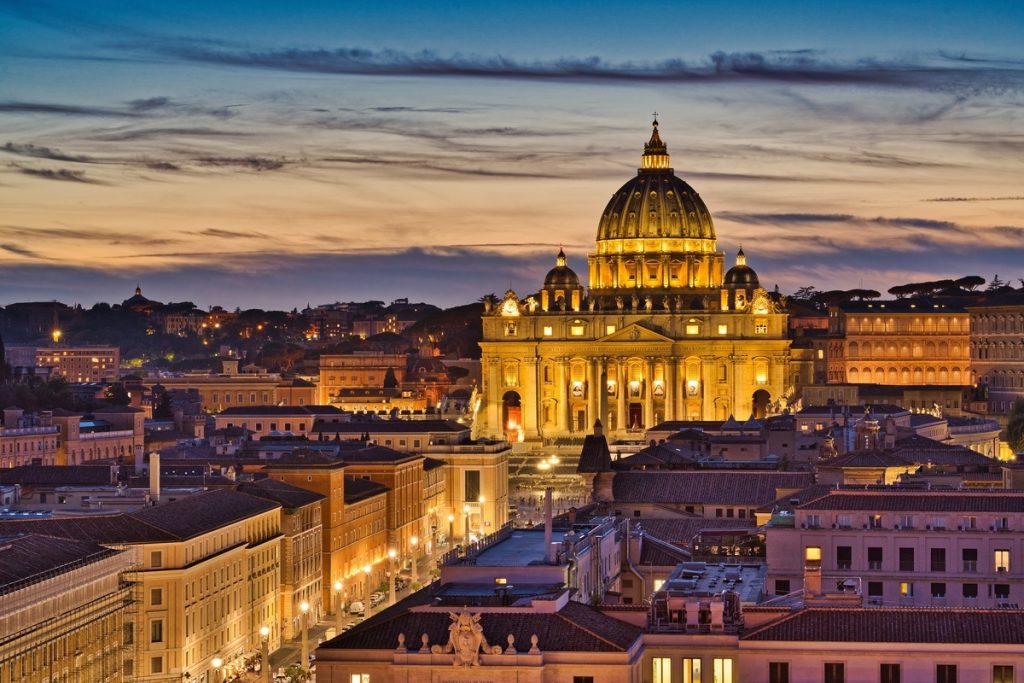
The Lifestyle of Vatican Residents
Vatican City is home to approximately 800 residents, including the pope, cardinals, members of the clergy, Swiss Guards, and laypeople who work for the Vatican. Life in the Vatican is centered around the activities of the Catholic Church, with a daily routine that includes religious services, administrative duties, and cultural events.
Religious Life: As the spiritual heart of the Catholic Church, Vatican City hosts numerous religious ceremonies and events throughout the year. Daily Masses are held in St. Peter’s Basilica and other chapels within the Vatican. Major events, such as Easter and Christmas Masses, attract thousands of pilgrims and are often led by the pope. The Angelus prayer, recited by the pope from a window overlooking St. Peter’s Square, is a weekly tradition that draws large crowds every Sunday.
Administrative Duties: The Vatican is the administrative center of the Catholic Church, with various offices and departments responsible for its governance. The Roman Curia, the central body through which the affairs of the Church are conducted, includes the Secretariat of State, the Congregations, and the Pontifical Councils. These offices handle everything from doctrine and liturgy to missionary work and interfaith dialogue.
The Swiss Guard: The Pontifical Swiss Guard is the Vatican’s military corps responsible for the safety of the pope. Established in 1506, the Swiss Guard is known for its distinctive Renaissance-style uniforms and ceremonial duties. Guards must be Swiss nationals, Catholic, and meet specific height and age requirements. In addition to their ceremonial role, the Swiss Guard performs security duties and protects Vatican City.
Daily Life: Residents of Vatican City enjoy a close-knit community with a unique lifestyle shaped by their religious and administrative roles. The city has its own supermarket, post office, pharmacy, and even a helipad. While the Vatican does not have its own currency, the euro is widely used. The Vatican’s residents also have access to healthcare and education, with the Vatican Apostolic Library and the Vatican Observatory being notable institutions.
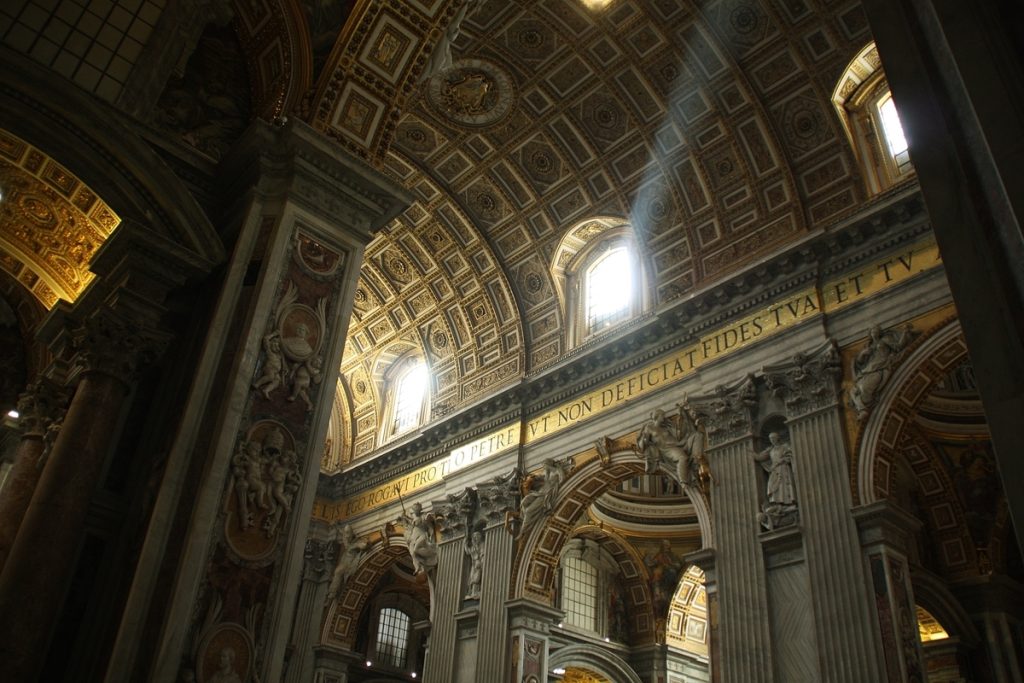
Vatican City as a Tourism Hotspot
Vatican City is one of the world’s most significant tourist destinations, attracting millions of visitors each year. Its religious, historical, and cultural attractions make it a must-visit site for pilgrims, art lovers, and history enthusiasts.
Economic Impact: Tourism is a vital source of revenue for Vatican City. Entrance fees to the Vatican Museums, guided tours, and the sale of souvenirs and religious items contribute significantly to the Vatican’s economy. The influx of tourists also supports local businesses in Rome, including hotels, restaurants, and transportation services.
Pilgrimage: For many Catholics, visiting Vatican City is a spiritual pilgrimage. St. Peter’s Basilica, the tomb of St. Peter, and the papal audiences are key attractions for pilgrims seeking to deepen their faith. The Vatican hosts several important religious events each year, such as the Easter Vigil and Christmas Midnight Mass, which draw thousands of worshippers from around the world.
Cultural Tourism: Beyond its religious significance, Vatican City is a cultural treasure trove. The Vatican Museums and the Sistine Chapel are world-renowned for their art collections and attract art enthusiasts and scholars. The preservation and restoration of these artworks are ongoing efforts, ensuring that future generations can continue to appreciate their beauty.
Visitor Experience: Visiting Vatican
City offers a unique and enriching experience. To make the most of a trip to this remarkable city-state, visitors should plan their visit carefully. Here are some key aspects to consider:
Tours and Tickets: Due to the high volume of tourists, it is advisable to book tickets for the Vatican Museums and St. Peter’s Basilica in advance. Skip-the-line tickets and guided tours are available and can help maximize your time by avoiding long queues. Guided tours provide valuable insights into the history, art, and significance of the various attractions.
Dress Code: Visitors to Vatican City, especially when entering religious sites like St. Peter’s Basilica and the Sistine Chapel, should adhere to a modest dress code. Shoulders and knees must be covered, and hats should be removed upon entry. This dress code is strictly enforced to respect the sanctity of these places.
Timing Your Visit: The Vatican Museums and St. Peter’s Basilica are busiest in the mornings and on weekends. To avoid the crowds, consider visiting early in the morning or later in the afternoon. Wednesday mornings are particularly busy due to the Papal Audience held in St. Peter’s Square.
The Scavi Tour: For a truly unique experience, visitors can take the Scavi Tour, which offers a guided visit to the excavations beneath St. Peter’s Basilica, including the tomb of St. Peter. This tour requires a separate reservation and is limited to small groups, providing an intimate glimpse into the early Christian history of the Vatican.
Events and Papal Audiences: If your visit coincides with a major religious event, such as Easter or Christmas, plan ahead to secure tickets and accommodations. The Papal Audience, held most Wednesday mornings, provides an opportunity to see and hear the pope. Free tickets are required and can be obtained from the Prefecture of the Papal Household.

The Importance of Vatican City
Vatican City holds a unique and significant position in the world, both as the spiritual center of the Catholic Church and as a sovereign state. Its importance extends beyond its physical size, influencing global religious, cultural, and political spheres.
Spiritual Leadership: As the seat of the pope, Vatican City is the spiritual heart of the Roman Catholic Church, which has over a billion adherents worldwide. The pope’s teachings and decisions have a profound impact on Catholic doctrine, practice, and the lives of millions of people. The Vatican’s role in interfaith dialogue, humanitarian efforts, and social justice initiatives further underscores its spiritual leadership.
Cultural Heritage: The Vatican’s rich cultural heritage, including its art, architecture, and manuscripts, is of immense global significance. The preservation and study of these treasures contribute to our understanding of history, religion, and art. The Vatican Library and Archives hold invaluable documents that scholars from around the world study to gain insights into the past.
Political Influence: Although small in size, Vatican City wields considerable political influence through its diplomatic efforts. The Holy See maintains diplomatic relations with over 180 countries and participates in various international organizations. The Vatican’s advocacy for peace, human rights, and social justice has a global impact, reflecting its moral and ethical stance on critical issues.
Tourism and Economy: The economic impact of tourism in Vatican City and Rome is substantial. The revenue generated from tourism supports the maintenance and restoration of the Vatican’s cultural and religious sites. It also contributes to the local economy, providing jobs and sustaining businesses in the surrounding areas.
Conclusion
Vatican City is a place of profound historical, cultural, and spiritual significance. Its rich history, stunning architecture, and artistic treasures make it a destination like no other. Whether you are a pilgrim seeking a deeper connection to your faith, an art lover captivated by the masterpieces of the Renaissance, or a curious traveler eager to explore a unique sovereign state, Vatican City offers an experience that is both enriching and unforgettable.
From the awe-inspiring grandeur of St. Peter’s Basilica to the serene beauty of the Vatican Gardens, every corner of this tiny city-state tells a story of faith, power, and artistry. The Vatican Museums and the Sistine Chapel house some of the most celebrated works of art in history, while the Swiss Guard and the Roman Curia continue centuries-old traditions of service and governance.
As a tourism hotspot, Vatican City faces the challenge of preserving its cultural heritage while accommodating millions of visitors each year. Sustainable tourism practices and careful management are essential to ensuring that future generations can continue to marvel at the wonders of the Vatican.
In the heart of Rome, Vatican City stands as a testament to the enduring legacy of the Catholic Church and its influence on the world. Its significance transcends its physical boundaries, touching the lives of people across the globe through its spiritual leadership, cultural contributions, and diplomatic efforts. For those fortunate enough to visit, Vatican City promises an experience that is as enlightening as it is inspiring, a journey into the very soul of one of the most fascinating places on Earth.
ItalyEducation تحصیل در ایتالیا دانشگاه های ایتالیا تحصیل رایگان در ایتالیا بورسیه تحصیلی ایتالیا شهر رم دانشگاه ساپینزا رم
thecoins24 theforex24 cryptocurrency airdrop Aypa web design
-
Vatican City: The Heart of the Catholic Church
Vatican City: The Heart of the Catholic Church Vatican City, or the Holy See, is the smallest independent state in the world, both by area and […]

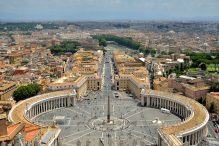

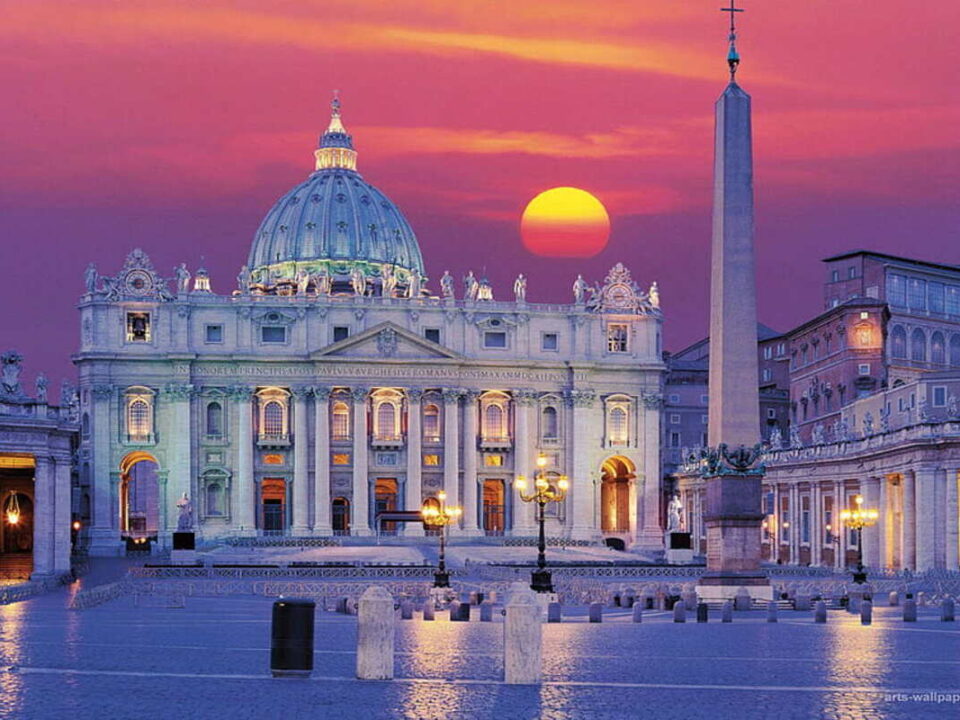
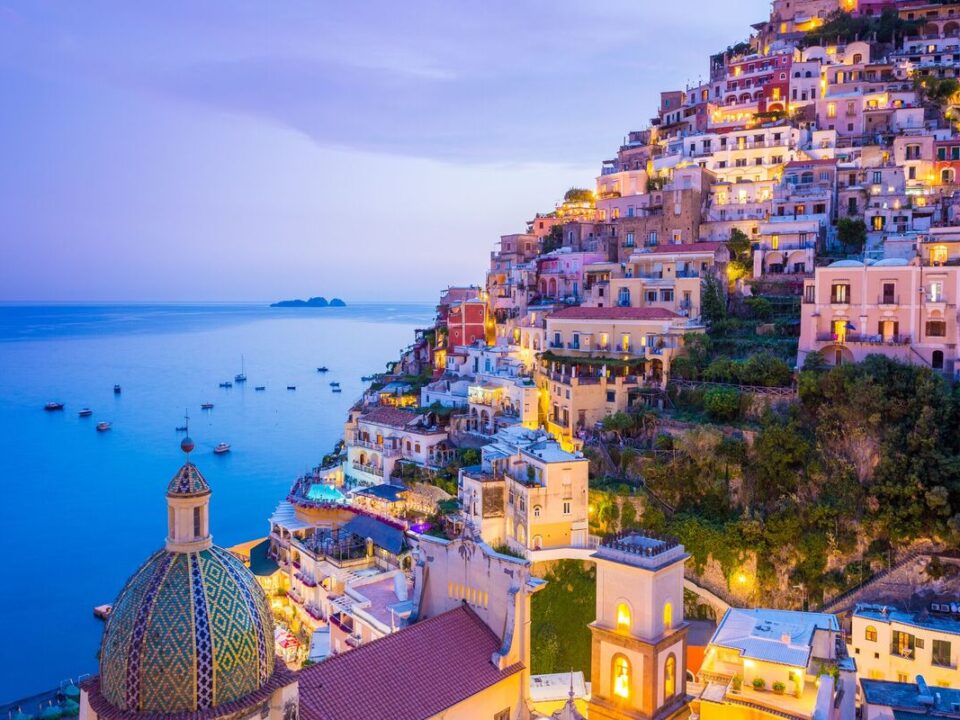
1 Comment
[…] Heritage Site: The historic center of Rome, along with the Vatican City, is a UNESCO World Heritage site, recognized for its unparalleled cultural and historical […]